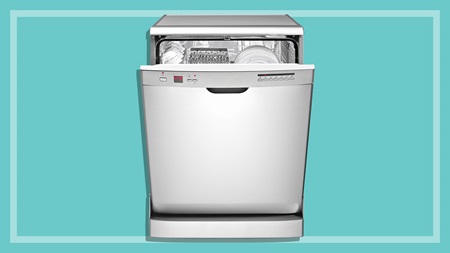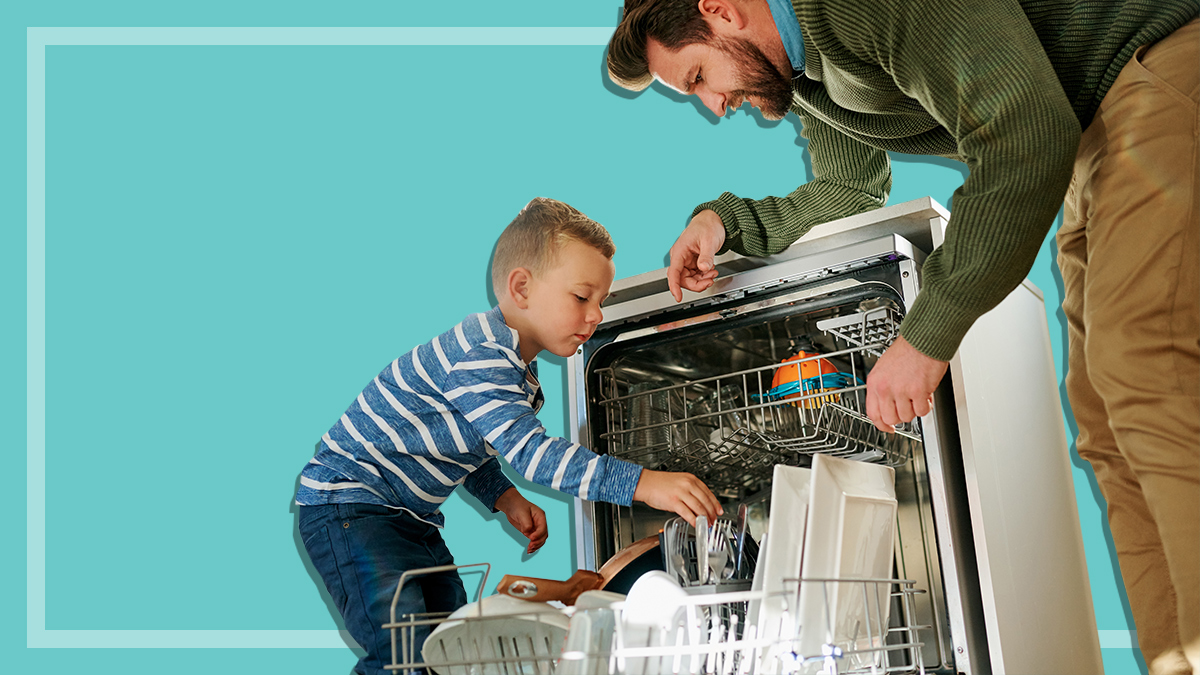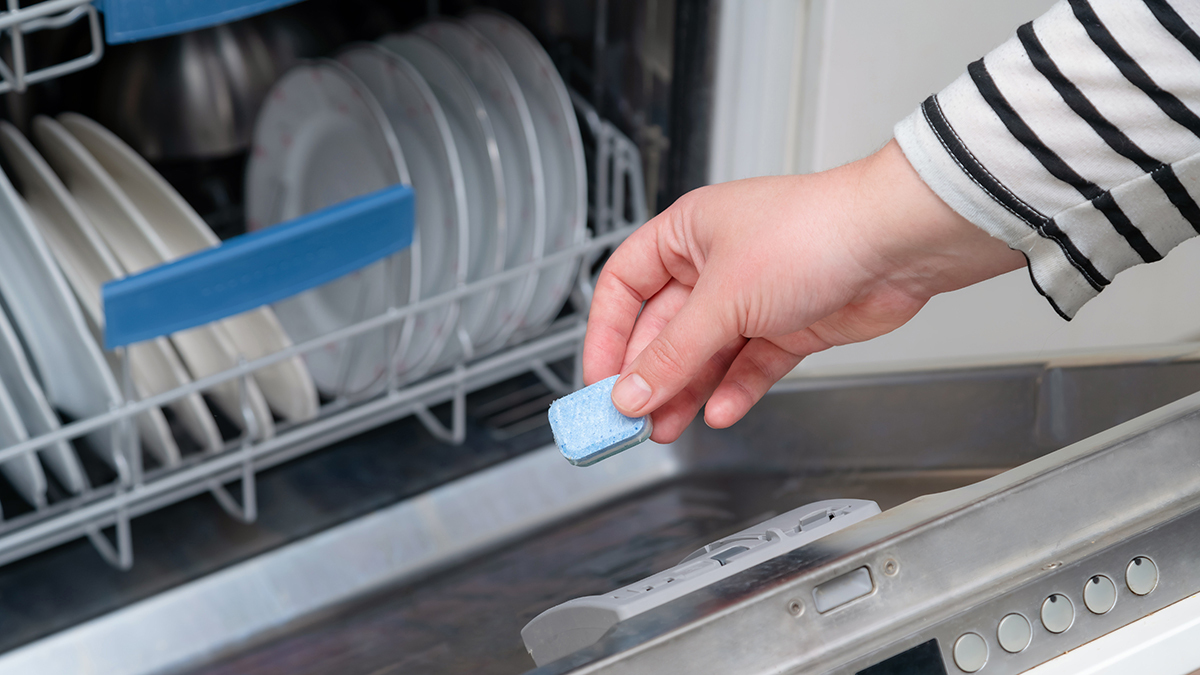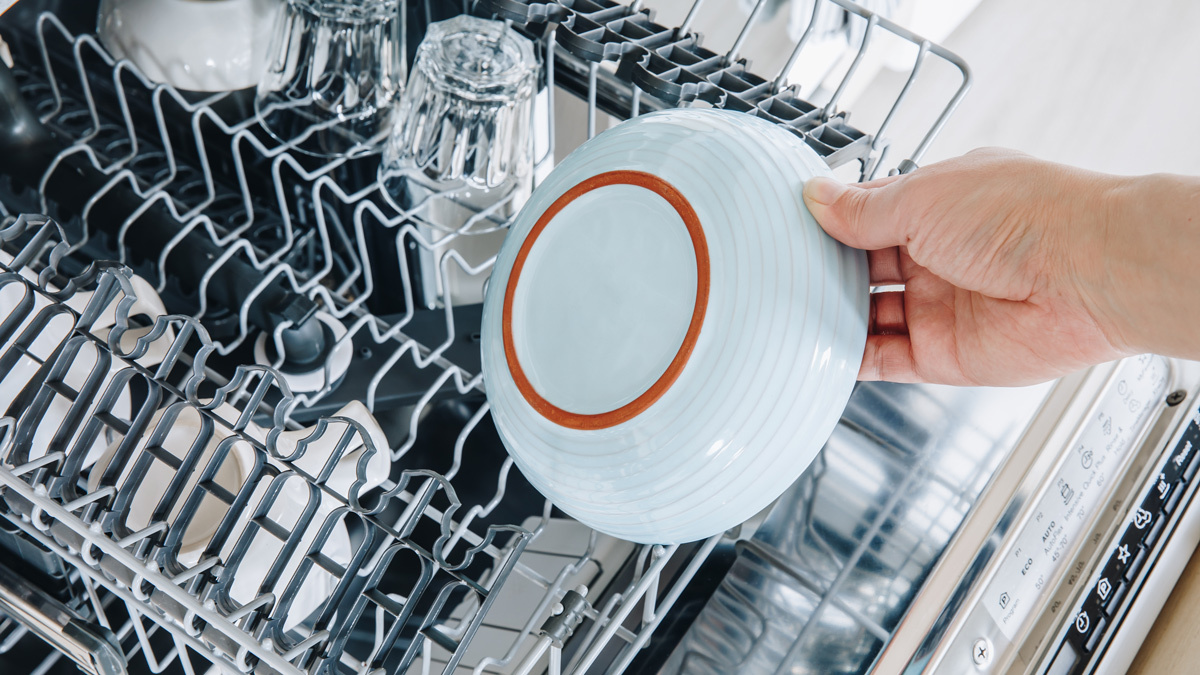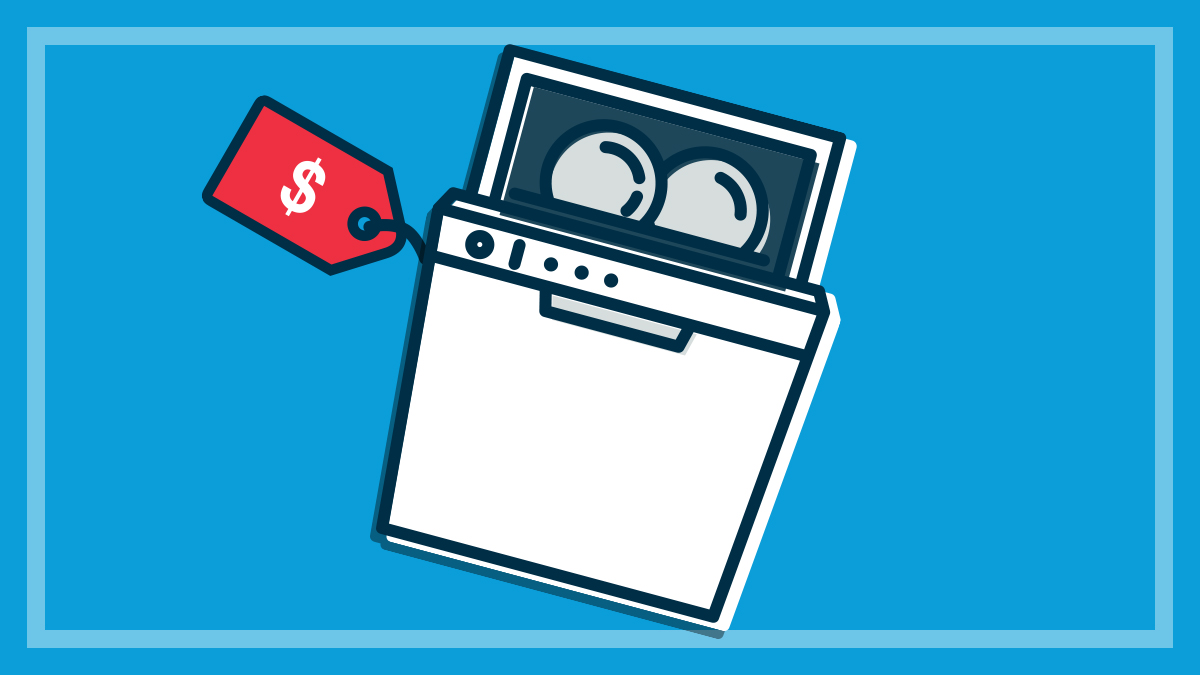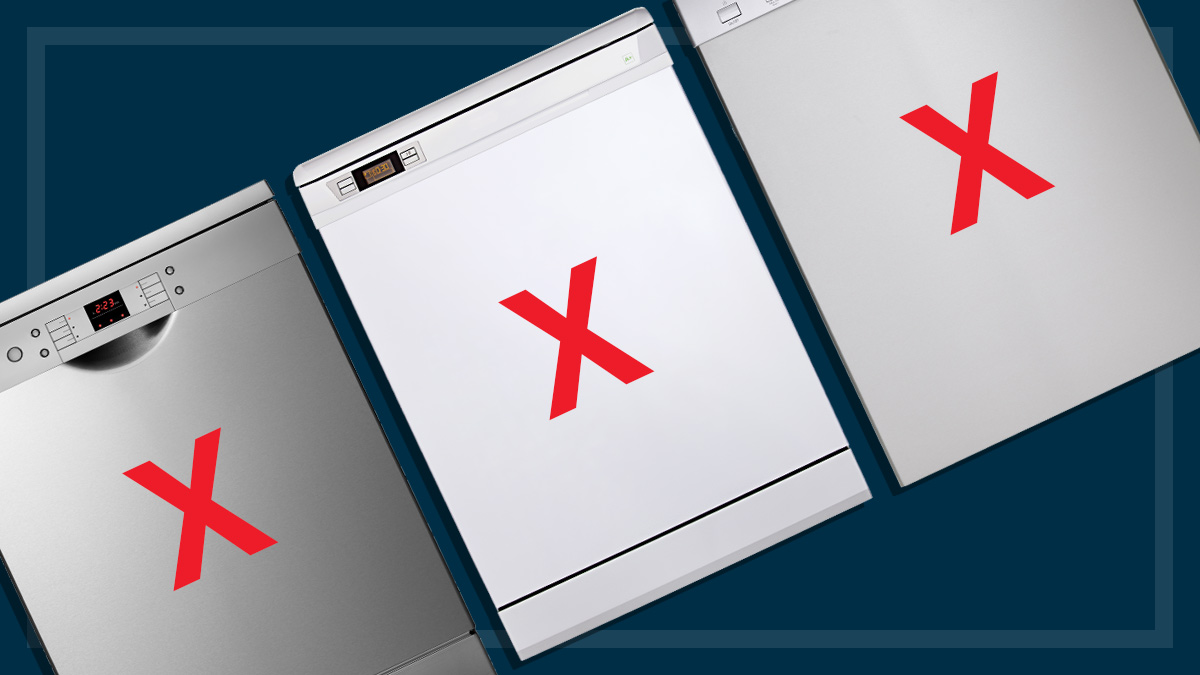Get our independent lab tests, expert reviews and honest advice.
How to load your dishwasher the right way
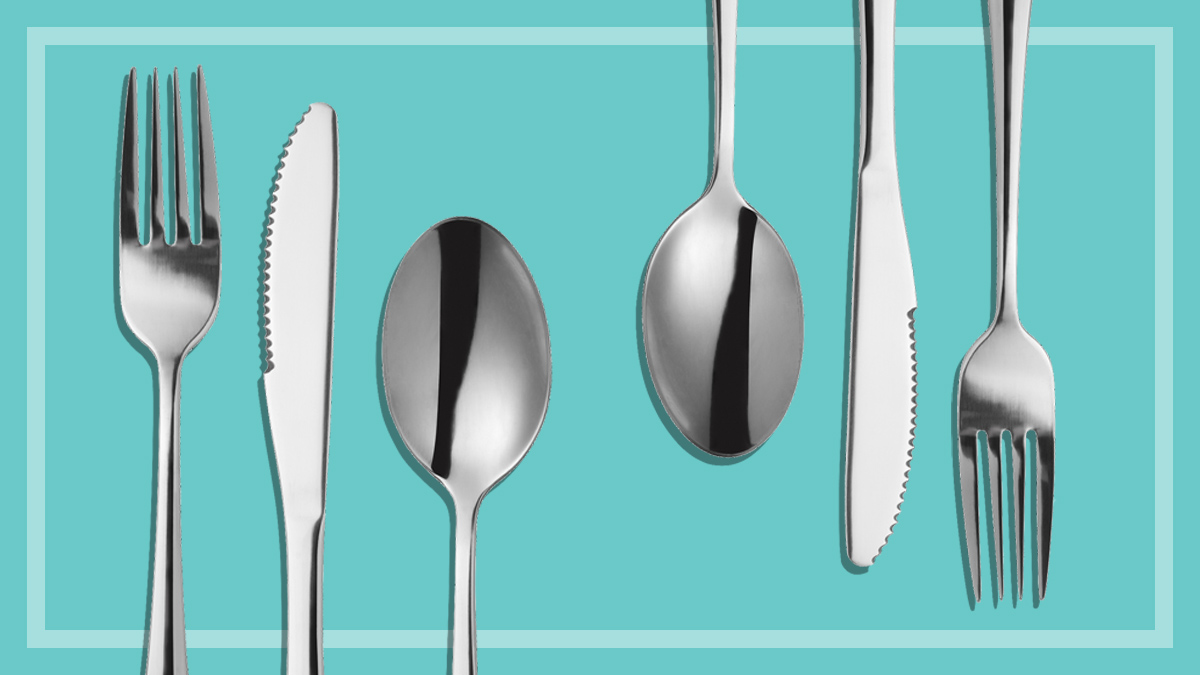
There’s one in every family. You know who they are – they just throw plates and cups into the dishwasher higgledy-piggledy, not caring where anything goes and just expecting it all to magically work.
Then there’s the other type of person; the one that takes care to make sure no plates are touching. They keep all the baskets in perfect order, even using the nesting grids that separate each piece of cutlery from the others.
There’s no peace between these two. Unfortunately, they’re generally married to each other!
We can’t help with your love life, but we can show you how to load your dishwasher properly to help you keep the peace. Temporarily, anyway.
How to load your dishwasher
Fill your dishwasher, but don’t overload it.
Turn bowls upside down.
Put cups and glasses on the top rack.
Put plastics on the top rack to avoid warping.
Use adjustable top rack for large items.
All items should face the middle.
Scrape plates – there’s no need to rinse them.
Cutlery points down – mix spoons to avoid nesting.
Put pots and pans on the bottom rack.
Put large items at the back and sides.
Mix up the size of the plates.
Put roasting trays face down.
Top tips for loading your dishwasher
- Put heavy items in the bottom basket. This includes pots, pans and large crockery items like dinner plates and platters. If your dishwasher has removable tines or plate racks, use these to fit in pots or pans.
- Put lighter items in the middle or top basket. This includes cups, glasses, small plates and bowls. Cups, glasses, pots, bowls or mugs with deep recesses need to be loaded on an angle so water can drain out, rather than accumulate.
- Place items with the dirty portion faced inward toward the centre of the dishwasher, as this will get more of the spray arm action.
- Make sure you don’t block the spray arms with tall items.
- Don’t place items over one another, stopping the water from the spray arms reaching the dirt.
- Adjust your tines and plate racks to make sure each item doesn’t touch other items. Contact points between items means places for water, detergent and dirt to gather.
Top 5 tips for using your dishwasher
Cleaning the cutlery
The way to load cutlery really depends on the type of cutlery receptacle in your dishwasher. There’s two types: baskets, or trays (though some have both). People tend to get fanatical about the type they prefer.
Loading the cutlery basket
The cutlery basket sits in the bottom and tends to be separated into different sections with an anti-nesting grid so you can make sure cutlery pieces don’t touch each other. These can generally come out so you can throw all the cutlery together in a hurry – but it’ll make cleaning them more challenging for the dishwasher.
If you put the knives and forks downward, you’re less likely to stab yourself when taking them back out. Make sure the spoons are distributed through the basket so they don’t ‘nest’.
Loading the cutlery tray
The tray is usually the top basket of a dishwasher that slides out, and each bit of the tray has notches where the knives, forks and spoons get placed. If you’re the kind of person who just spreads the cutlery out over the tray and hopes for the best, you probably won’t get as good a result as the more orderly person that places them.

